How Goalkeepers Can Launch The Attack
The All Important Tactics of Distribution Explained boy Sam Snow, former Director of Coaching at US Youth Soccer.
All goalkeepers are the last line of
The great ones are also the first line of attack.
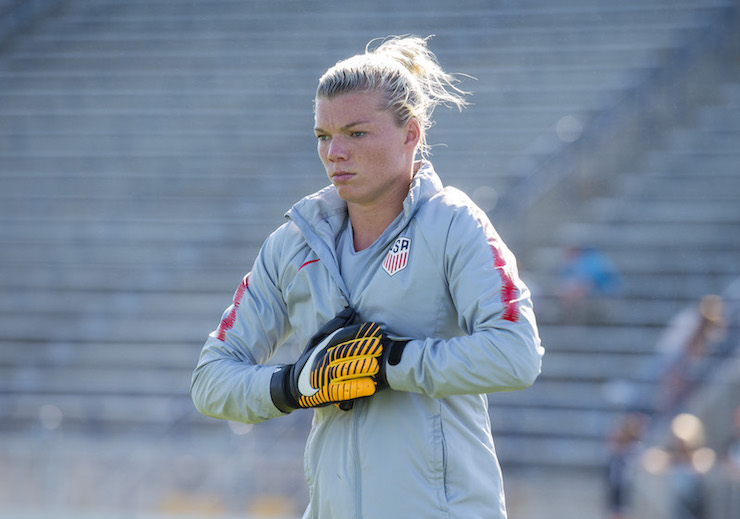
When the ball is in their hands, they think like a super midfield player, taking advantage of any opportunity to initiate an attack.
The keeper who can begin an attack with every distribution can be an enormous asset to his team.
The keeper who kicks or throws aimlessly is wasting a good opening.
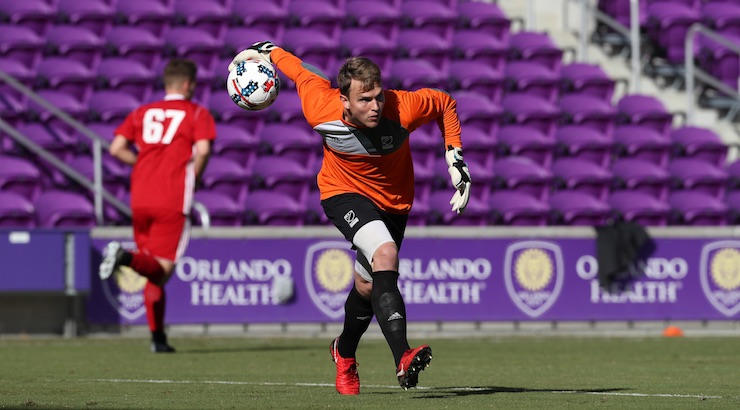
In Soccer: The Important Tactical Considerations
The keeper’s use of the ball depends largely on the situation. A throw and a kick can be used for various advantages.
A goalkeeper’s distribution occurs after a save is made or a goal kick is taken. The decision in-the-moment is when to
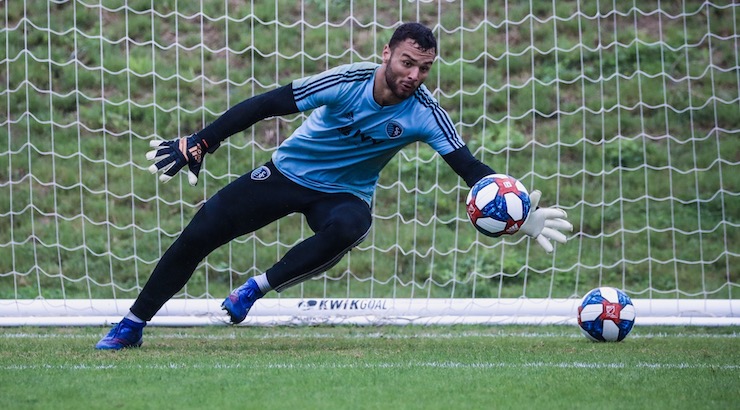
As a rule, however, the keeper must know how to use the ball to initiate attacks.
Once he or she has made the save, then do not play the ball aimlessly downfield. Instead, think of using it to the best advantage.
How and where should the ball be sent? Remember that speedy play is of great importance. How can the goalkeeper satisfy this tactical requirement? By immediately sending the ball to the teammate who is in the most favorable position.
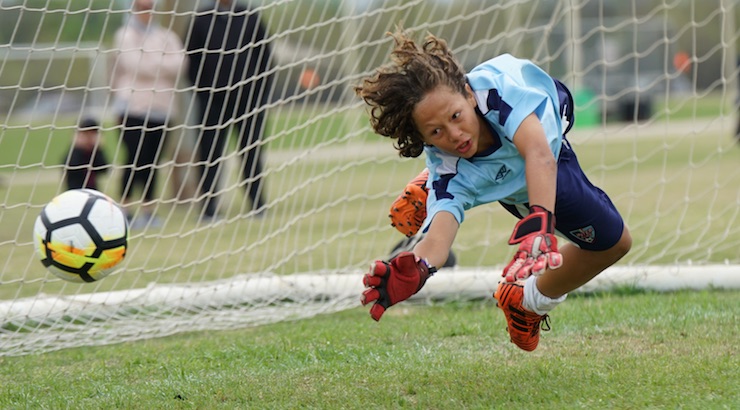
Many keepers err in unnecessarily bouncing the ball before making the distribution. Others tend to lie on the ground too long after making a diving save.
They should regain their feet immediately. Unnecessary movement or slowness in returning to the basic position can lose valuable split seconds that may cost an opportunity for a successful counterattack.
In general, think to throw the ball before kicking it. The two commonly used throwing techniques are rolling the ball underhand as in bowling or throwing overhand as in baseball.
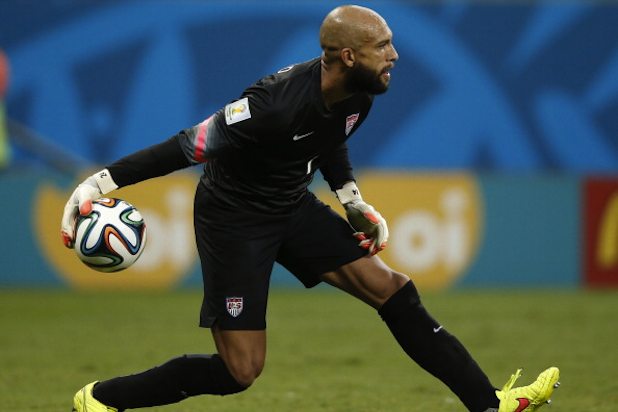
The throw should never go to a player who is likely to face an immediate challenge, and it should be kept low whenever possible to make it easier for the receiver to control. Generally, the goalkeeper should throw to the side opposite from which the attack was made, as this side will be less congested.
Every goalkeeper should be capable of achieving distance with his goal kick, punt, sidewinder and dropkicks. The goal kick should be the keeper’s and not the defenders’ exclusive responsibility.
Why should a fullback not take the goal kick? Because he or she is momentarily out of the game and thus gives the opposition a numerical advantage.
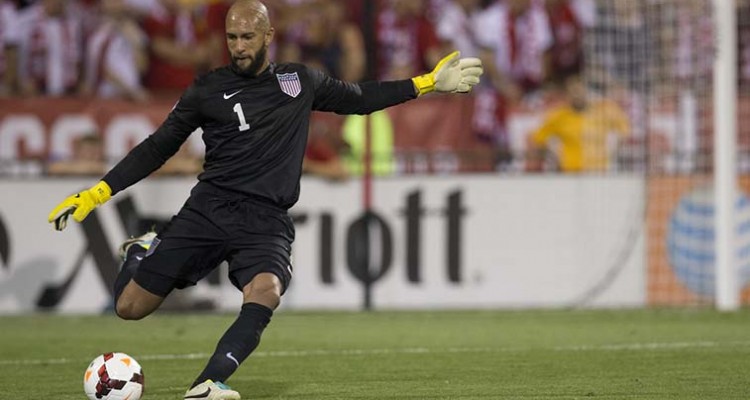
The goalkeeper who takes the kick himself becomes a more integral part of the team – a psychological factor of some importance.
Top Image: Sporting Kansas City’s goalkeeper Tim Melia – Photo Credit: Diane Scauzzo





